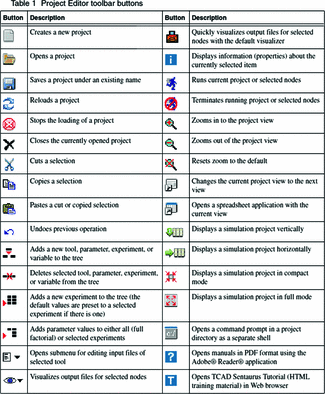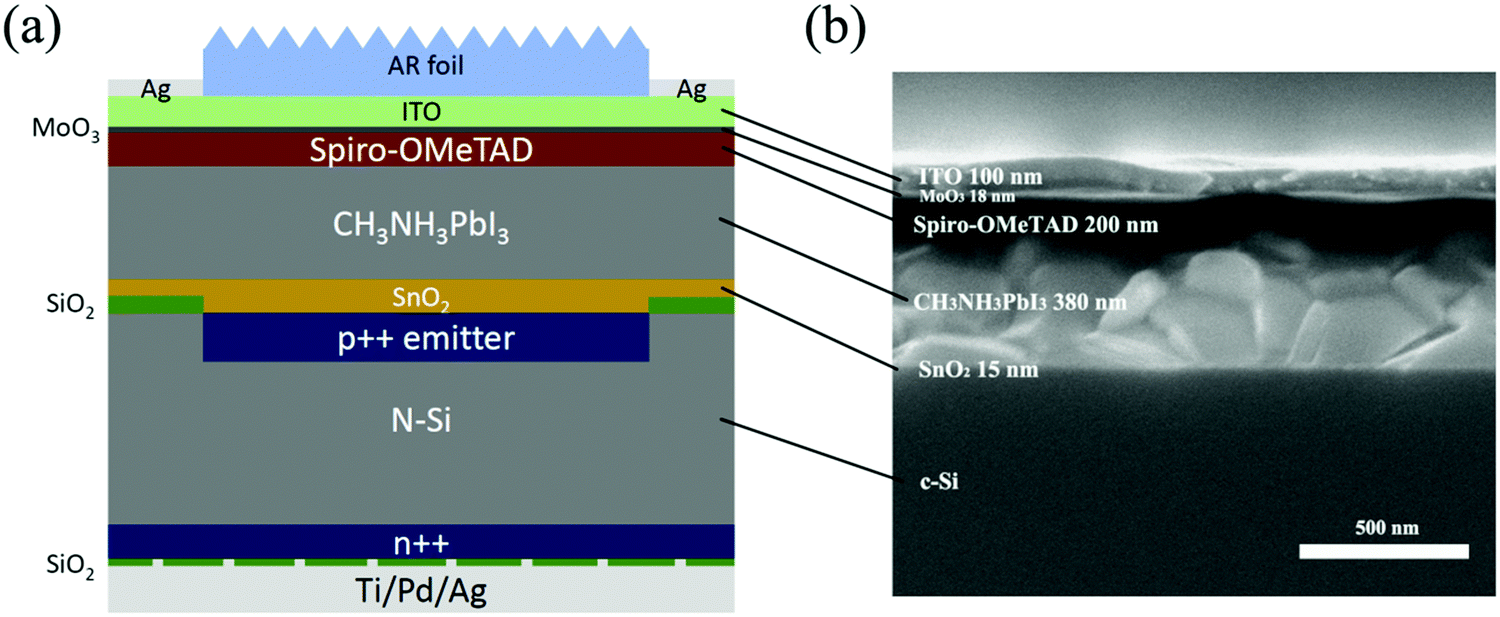
The photosensitive region in Si must then extend to within a few nm of the light-entrance window surface to obtain high responsivity. Fields such as medical imaging, advanced lithography and electron microscope imaging can profit from the use of very low-penetration-depth beams that may include near-, vacuum- and extreme-ultraviolet light and low-energy electrons (100 – 1000 eV). Single-photon detection is utilized in a number of different fields such as deep space communication 1, 3D imaging 2, 3, medical and biological imaging 4– 6, laser optical ranging (LIDAR/LADAR) systems 3 and quantum communication applications 7 - in particular quantum key distribution 8, 9. These APDs are usually called single-photon avalanche detectors (SPADs). APDs operated in Geiger mode, reversely biased above breakdown voltage ( V BR), have infinite internal gain allowing detection of a single photon. High sensitivity in low-light conditions is readily achieved by using avalanche photodiodes (APDs). This shows that although an implicit GR is attractively compact, the very shallow pn-junction gives a risk of having such a low breakdown voltage at the perimeter that the DCR of the device may be negatively impacted.

For the experimentally investigated PureB SPADs, excellent agreement of the measured and simulated DCR was achieved. The results show that the DCR simulation methods are useful for optimizing the compromise between fill-factor and p-/n-doping profile design in SPAD devices. Otherwise, the II-2D method proved to be much more precise. The Q-2D method gave satisfactory results in structures where the peripheral regions had a small contribution to the DCR, such as in devices with conventional deepjunction guard rings (GRs). In this work, the DCR was studied by two 2D methods of analysis: the “quasi-2D” (Q-2D) method where vertical 1D cross-sections were assumed for calculating the electron/hole avalanche-probabilities, and the “ionization-integral 2D” (II-2D) method where crosssections were placed where the maximum ionization-integrals were calculated. Just like for desired events, the probability a dark count increases with increasing electric field and the perimeter conditions are critical. In SPADs, noise is quantified by the dark count rate (DCR) that is a measure for the number of false counts triggered by unwanted processes in the non-illuminated device.

The very shallow p+ -anode has high perimeter curvature that enhances the electric field. PureB Single-Photon Avalanche Diodes (SPADs) were fabricated and analysed by 2D numerical modeling as an extension to TCAD software. and Scherrer, P.PureB silicon photodiodes have nm-shallow p+n junctions with which photons/electrons with penetration-depths of a few nanometer can be detected.
#Sentaurus 2018 series#
Journal = "Proceedings of the Royal Society of London, Series A: Mathematical and Physical Sciences (76,1906-)",ĪSTM_id = "Debye, P. We additionally find that several known insulators are predicted to be metallic.

Some internal testing by the Materials Project supports these statements typically, we find that band gaps are underestimated by ~40%. Typically the disagreement is reported to be ~50% in the literature.

In general, band gaps computed with common exchange-correlation functionals such as the LDA and GGA are severely underestimated. The calculated bulk crystalline density, typically underestimated due calculated cell volumes overestimated on average by 3% (+/- 6%) For example, a Co2O3 structure would be tested for decomposition against other Co2O3 structures, against Co and O2 mixtures, and against CoO and O2 mixtures. Stability is tested against all potential chemical combinations that result in the material's composition. The energy of decomposition of this material into the set of most stable materials at this chemical composition, in eV/atom. Typically accurate to the second digit.Ĭalculated formation energy from the elements normalized to per atom in the unit cell. Calculated total magnetic moment for the unit cell within the magnetic ordering provided (see below).


 0 kommentar(er)
0 kommentar(er)
